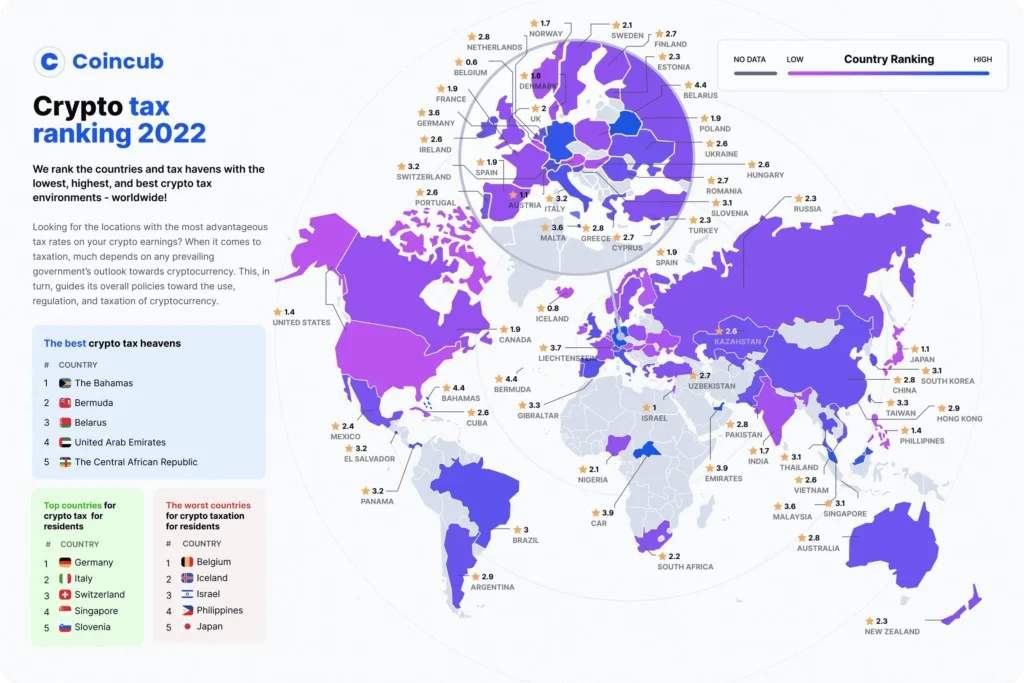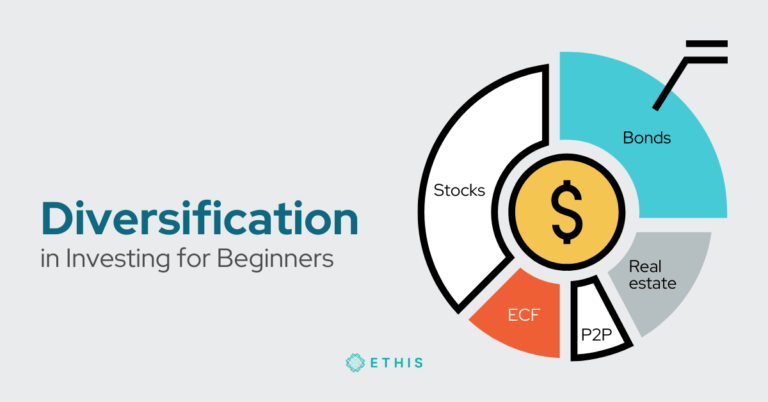
Understanding the Digital Collectibles Craze
Digital collectibles have taken the world by storm, captivating both seasoned collectors and newcomers alike. These unique, non-fungible tokens (NFTs) have revolutionized the way we think about owning and trading digital assets. It’s like having your own personal treasure trove, but instead of gold doubloons and glittering gems, you’re collecting virtual items that hold sentimental and sometimes monetary value.
What sets digital collectibles apart is their authenticity and scarcity. Each NFT represents a one-of-a-kind item or piece of artwork, verified and recorded on the blockchain. No more worrying about counterfeit goods or replicas – these digital treasures are the real deal. And unlike physical collectibles that can deteriorate or get lost over time, NFTs exist in the digital realm, making them immune to wear and tear. So whether you’re a fan of sports memorabilia, trading cards, or even virtual cats, the world of digital collectibles has something for everyone to enjoy and cherish.
The Digital Art Revolution: How NFTs Are Transforming the Industry
The art world has always been a space for creativity and expression, but with the rise of NFTs, it’s experiencing a digital revolution like never before. NFTs, or non-fungible tokens, are changing the way artists create, sell, and own their artwork. It’s like a virtual art gallery where anyone can purchase and own a unique digital asset. Think of it as owning the original Mona Lisa, but in a digital format.
With NFTs, artists have the opportunity to monetize their work in ways they never thought possible. It’s no longer limited to selling physical prints or licensing their art for commercial use. Now, artists can create limited edition digital art pieces and sell them directly to collectors. And the best part? Artists can earn royalties every time their NFT is sold or traded. It’s like a continuous paycheck that keeps coming in, even after the initial sale. This has opened up a whole new world of possibilities for artists to earn a living doing what they love. And collectors, on the other hand, get to own a piece of art that is scarce, unique, and easily transferable. It’s a win-win situation for both parties involved. The art industry is truly being transformed by the power of NFTs.
Exploring the Value of Unique Digital Assets
Digital assets have taken the world by storm, and the value of unique digital assets, in particular, is skyrocketing. Whether it’s digital art, music, collectibles, or even virtual real estate, people are discovering that these assets hold immense worth beyond what meets the eye. It’s like uncovering a hidden treasure chest in the vast ocean of the internet.
But what makes these digital assets so valuable? Well, it’s all about scarcity and exclusivity. Just like a limited-edition vinyl record or a rare baseball card, unique digital assets have a certain allure that attracts buyers and collectors. When there’s only a limited supply of something, the demand shoots up, driving the value through the roof. And in the digital realm, where everything can be easily replicated and shared, owning something one-of-a-kind becomes even more desirable. It’s like owning a unicorn in a field of horses! So if you’re lucky enough to own a unique digital asset, hold onto it tight, because its value is only going to keep on rising!
NFTs and the Potential for Artists to Monetize Their Work
Artists have always faced challenges when it comes to monetizing their work. Traditional avenues like galleries and exhibitions often take a sizable cut, leaving artists with a fraction of the proceeds. However, the rise of NFTs has opened up exciting new possibilities for artists to directly profit from their creations.
With NFTs, artists can sell their digital art as unique tokens on blockchain platforms, providing a digital certificate of ownership that cannot be duplicated or forged. This concept has created a buzz in the art world, as it allows artists to retain control over their work and sell it directly to collectors. Plus, by leveraging smart contracts, artists can earn royalties every time their NFT is resold, ensuring ongoing revenue and recognition for their talent.
The potential for artists to monetize their work through NFTs has given rise to success stories like Beeple, who sold his digital artwork for millions of dollars at auction. This newfound opportunity is not limited to established artists; it also benefits emerging talents who may have previously struggled to break into the competitive art market.
In this digital age, NFTs offer artists a level playing field, empowering them to showcase their creativity and connect with a global audience. But as the NFT market continues to evolve, artists must stay informed and navigate the landscape wisely to maximize their earning potential. It’s an exciting time for artists, where digital innovation is transforming the way they monetize their work, opening up doors to new possibilities and democratizing the art world in unprecedented ways.
The Role of Blockchain Technology in NFTs
Blockchain technology plays a crucial role in the world of non-fungible tokens (NFTs), providing a secure and transparent platform for buying, selling, and verifying digital assets. Think of blockchain as a digital ledger that records every transaction and ownership history. It cuts out the middleman, like a digital cowboy ridin’ solo on the wild, wild web. This means that artists and collectors alike can have peace of mind, knowing that their digital masterpieces are protected and can be easily traced back to their original creators.
With blockchain technology, every NFT has a unique digital fingerprint, like a signature on a digital canvas. This fingerprint, also known as a token ID, is what gives each NFT its authenticity and value. It’s like an invisible stamp that says, “Hey, this digital asset is one-of-a-kind!” So, when you buy an NFT, you can be sure that you’re not getting a cheap knockoff or a pixelated imitation. Blockchain technology ensures that your digital collectibles are as real and valuable as that limited edition vinyl you’ve been savin’ up for. Ain’t that somethin’?
The Environmental Impact of NFTs: Separating Fact from Fiction
The environmental impact of has been a hot topic of debate lately. Some folks claim that NFTs are single-handedly destroying the planet, while others argue that it’s all a bunch of hogwash. So, what’s the truth? Let’s separate fact from fiction and dive right into it.
First off, it’s important to acknowledge that NFTs do have an energy footprint. The process of minting and trading these digital collectibles requires a significant amount of computing power, which in turn consumes electricity. However, it’s essential to put things into perspective. Contrary to popular belief, NFTs aren’t the sole villain in the fight against climate change. In fact, the carbon emissions associated with NFTs pale in comparison to other industries, such as traditional art production or even streaming movies online. While we should always strive for sustainable practices, it’s crucial not to fall into the trap of scapegoating NFTs for all our environmental woes. So, before we jump to conclusions, let’s consider the bigger picture and explore potential solutions to mitigate any negative impacts.
NFTs and the Future of Gaming: Unlocking New Possibilities
With the rise of NFTs, the future of gaming is opening up a whole new realm of possibilities. Players can now own unique digital assets within their favorite games, such as virtual real estate, weapons, or costumes, through the use of blockchain technology. These assets, represented as NFTs, can be bought, sold, and traded, just like physical collectibles.
One of the most exciting aspects of NFTs in gaming is the potential for players to truly own their in-game items. No longer limited to the confines of a particular game or platform, these digital assets can exist on the blockchain and be used across different games and virtual worlds. Imagine having a rare sword that you obtained in one game, and being able to use it in another completely different game. This interoperability not only adds value to players’ collections but also enhances the overall gaming experience. NFTs have the power to bridge the gaps between games and empower players to truly own and customize their virtual adventures.
NFTs in the Music Industry: Empowering Artists and Fans Alike
The music industry has always been a tough nut to crack, with countless talented artists struggling to make a name for themselves. But with the rise of NFTs, a new door of opportunity has opened, empowering both artists and fans alike. So, how exactly do NFTs work in the music industry?
Well, think of NFTs as digital collectibles that represent ownership or proof of authenticity of a particular piece of music. It’s like having a limited edition vinyl record, but in a digital form. Artists can create and sell these unique digital assets directly to their fans, cutting out the middleman and giving them more control over their own creative work. And fans? Well, they get to own a piece of music history, supporting their favorite artists while having something exclusive to show off to their friends. It’s a win-win situation, where artists can monetize their music and fans can feel closer to the music they love. The future of the music industry has arrived, and it’s all thanks to NFTs.


